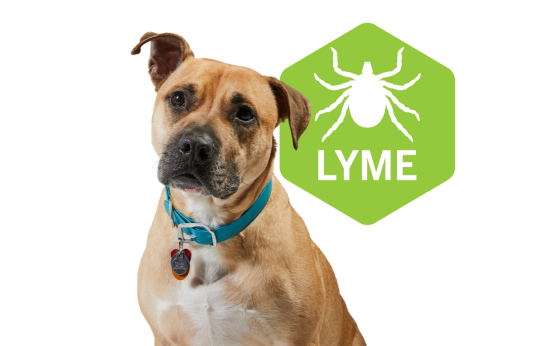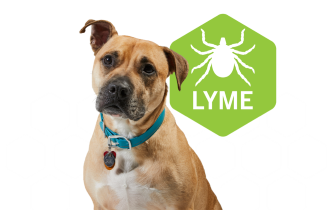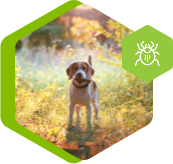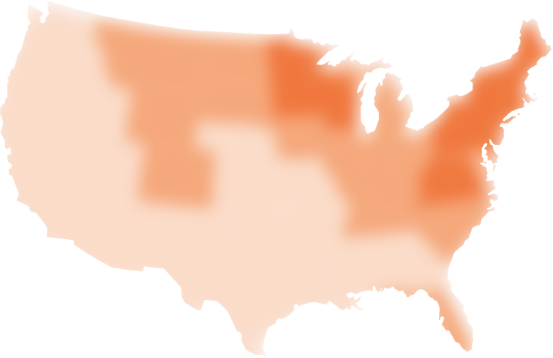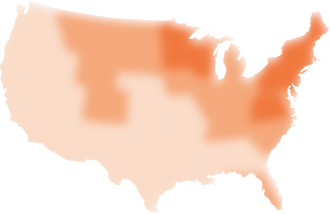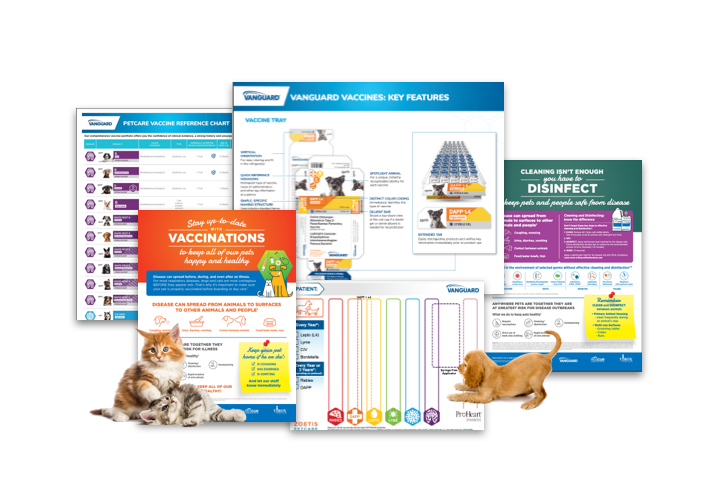Dogs at risk
Anytime dogs are outside they can be at risk for tick bites, including hiking, camping or even spending time in the backyard.
Pet owners may think their dog isn’t at risk if they’re only walking along paved trails, but even stopping to sniff or brushing against foliage can bring unwanted pests like ticks.



Areas where deer ticks like to live:
Deciduous forest, leaf litter, moist coastal conditions
Forests or heavily wooded areas
Grassland
Marshy areas
Places near rivers, lakes or oceans


